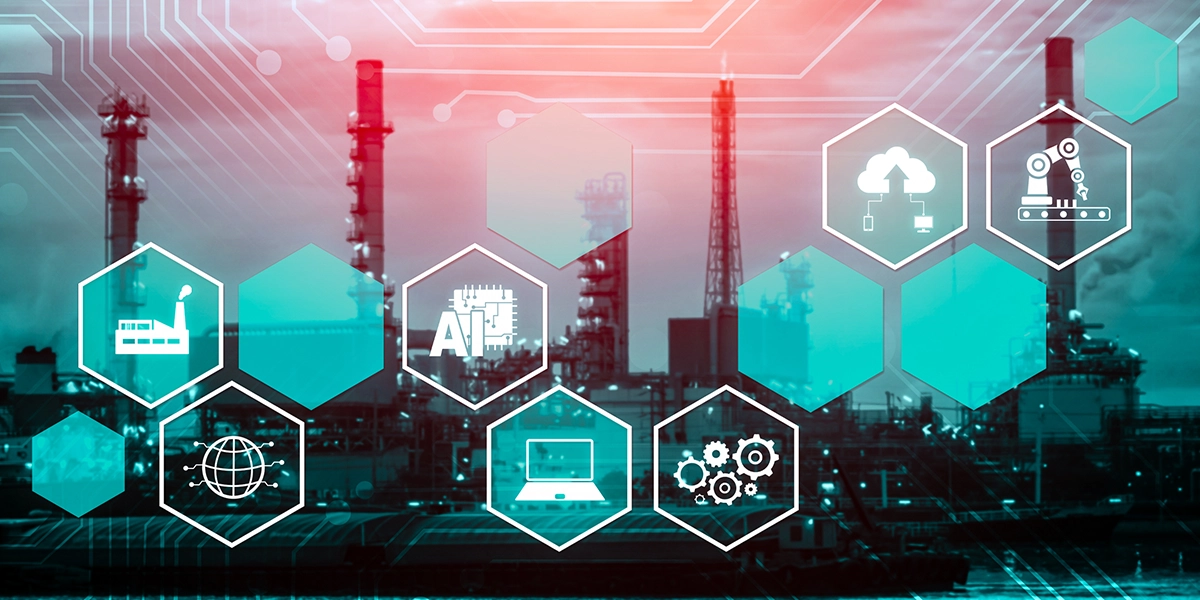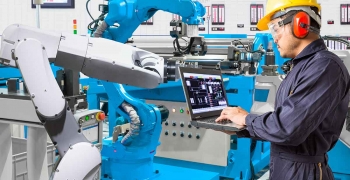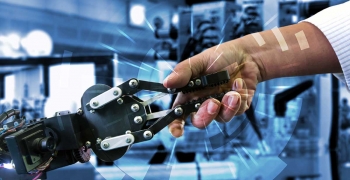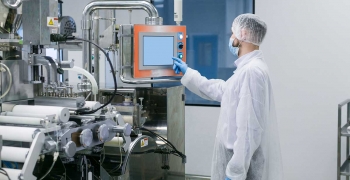Remember Neo from The Matrix?
We still remember the excitement as he took on Agent Smith – anticipating issues, preventing disruptions, and ensuring balance. Dodging bullets never really felt so real.
Self-healing service desks reflect a similar reality. Not in a dystopian sense, but as a tangible, game-changing innovation that promises to accelerate digital experiences. These unsung heroes of modern business infrastructure are dismantling inefficiencies, reshaping digital transformation, and creating more agile, cost-effective enterprises.
Let us find out how.
A Day at ApexCorp’s Service Desk
Picture ApexCorp, a leading manufacturing company with a sprawling IT ecosystem. Every day, their service desk handles thousands of tickets, from minor password resets to critical system outages. Mark is their tenured service desk manager.
It is 9 a.m., and the day starts strong. Mark’s team is already buried under a backlog of unresolved incidents. A massive spike in system performance alerts has just landed on their desk, triggered by a software patch rolled out overnight. Mark knows that this is not just another busy day – but a potential a minefield waiting to explode.
By 11 a.m., the patch issues spiral into operational disruptions for over 500 employees. Productivity tanks, deadlines slip, and support tickets pour in faster than Mark’s team can address them. Stress ripples through his staff as repetitive fixes and communication breakdowns consume their bandwidth.
ApexCorp's quarterly targets hang by a thread.
But what if this day could have unfolded differently?
Enter the self-healing service desk.
The Transformation Begins
A self-healing service desk combines automation, artificial intelligence (AI), and predictive analytics to identify and fix problems in real time, or even before they occur. Had Mark’s organization implemented this technology, the burdens of that chaotic day might have disappeared entirely.
Imagine the system flagging anomalies in a software patch during its rollout. Advanced monitoring tools would automatically detect resource-heavy segments slowing the system and trigger an automated fix, eliminating the need for human intervention. The result? Lower downtime with no unforeseen disruptions, and predictive maintenance reducing the chances of sudden breakdowns for smoother operations and happier employees.
The self-healing smart desks can significantly reduce incidents and accelerate resolution times. In Mark’s ecosystem, so like your own, routine issues like login failures and minor system lags could already be addressed automatically. With the self-healing system resolving smaller incidents, the team would be free to focus on pressing, high-priority challenges. Employees would, therefore, experience quicker support, avoiding the frustration of delayed resolutions, while the organization would benefit from lower ticket volumes, reduced operational costs, and increased productivity.
Consistency is another key advantage. Mark’s team had often struggled with varying skill levels among agents, which led to inconsistent service quality. A self-healing service desk, powered by machine learning, would ensure that standardized processes are followed, providing uniform and reliable support 24/7. These automated workflows would operate with precision, guaranteeing dependable service quality round the clock, without the limitations of human-induced constraints.
Scalability is equally critical for businesses like ApexCorp, which face surges during seasonal peaks. Earlier, manual processes would have stretched the team too thin during high-demand periods like end-of-quarter deadlines. However, self-healing service desks can adapt seamlessly to fluctuating needs, scaling up resources on demand without overloading existing staff, allowing organizations to grow and meet increased workloads with ease.
By automating repetitive tasks and ensuring faster issue resolution, the self-healing systems can also empower human agents to focus on more strategic and meaningful work. This helps enhance both satisfaction and morale, creating an environment where everyone, including the top- and bottom-line, can thrive.
Why Self-Healing Desks Are the Future Across Industries
Self-healing technology is not just limited to Mark’s IT woes. It has universal applications across industries. For sectors like oil and gas, where downtime directly impacts revenue, proactive resolutions make a compelling case. Retail giants can leverage the technology to handle peak traffic during sales seasons. Even healthcare providers can improve responsiveness and ensure critical systems remain operational.
Self-healing service desks, therefore, represent a paradigm shift in digital transformation. They align with corporate priorities across enabling:
- Cost Optimization: By reducing human intervention, organizations save on labor costs. AI-driven efficiencies keep systems running smoothly without constant oversight.
- Scalability and Adaptability: Elastic models support both immediate needs and long-term growth strategies. Scaling is automated, meaning businesses can grow without proportional increases in resources.
- Data-Driven Insights: Machine learning collects and analyzes operational data, identifying patterns and customizing solutions to fit specific organizational needs.
- Sustainability: Streamlined processes mean fewer IT resources are overutilized, aligning with eco-friendly operational goals.
Time to Transform
Returning to Mark and ApexCorp, the scene has changed. Thanks to self-healing service desks, technical hiccups are just ripples, not tidal waves. The team has shifted focus to high-priority innovation projects with ambitious goals, leaving the routine worries to automation.
The self-healing service desk, as a strategic investment, therefore, prepares businesses to face the digital frontier with confidence and efficiency, delivering tangible results at every step. From ensuring smooth day-to-day operations to unlocking long-term potential, it is clear that self-healing systems are not just the future, but a real-time necessity.
The time to act is now.




